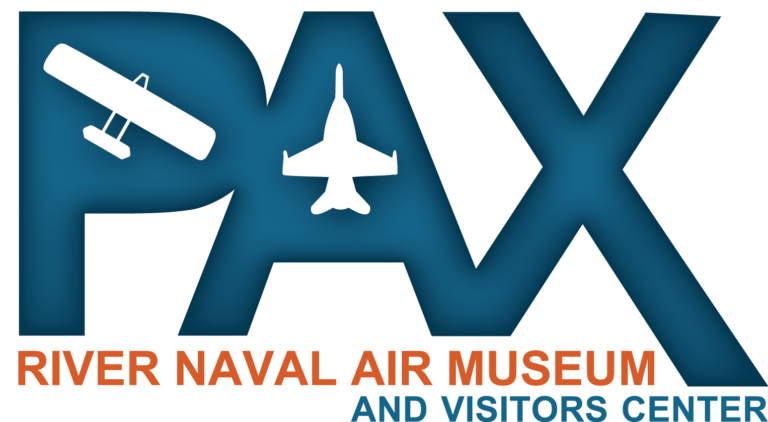
HISTORIC CEDAR POINT LIGHTHOUSE CUPOLA
The cupola sits outside the museum on our flight line. In December 2022, the U.S Coast Guard Aids to Navigation group, helped us update the cupola by installing a modern lighthouse beacon and powered it up with a solar cell and battery combination.
It now proudly lights the night, just like it did in the late 1800’s and 1900’s using a single RED flash every 5 seconds. When you are in the area, we hope that you will take a look at this historic structure!
The cupola of the Cedar Point Lighthouse, which stood at the easternmost point of the US Naval Air Station, Patuxent River, MD, stood watch to help guide mariners passing on the Chesapeake Bay and delineated the mouth of the Patuxent River beginning in September 1896 and lasting until the U.S Coast Guard abandoned the lighthouse in 1928.
For many years, the then-unmanned lighthouse was pummeled by storms and erosion to the point that the Naval Air Station acquired the remainder of the lighthouse in 1958 and on 14 December 1981 removed the lighthouse cupola and moved it to the museum grounds for public display. It was dedicated on 24 May 1984.
Why is this lighthouse remnant important to the history of Naval Aviation in Southern Maryland?
In 1911, during a test flight of the Navy’s first purchased airplane, the A-1 TRIAD, from Annapolis MD to central Virginia, engine problems forced the pilot, LT Theodore Ellyson (the Navy’s first naval aviator) and LT John Towers to make an emergency landing on the beach at Cedar Point just a few yards from the location of the Cedar Point Lighthouse.
This is commemorated by our exact replica of the TRIAD aircraft that was built from the original construction plans for the aircraft by members of the local Southern Maryland Chapter of the Experimental Aircraft Association and subsequently donated to the museum.
Fast forward to 1943 when the Naval Air Station Patuxent River opened its doors to become what is now the largest and busiest flight test center in the world and the rest is history. The lighthouse, the Curtiss A-1 Triad aircraft, and the test center form a bond to the future of naval aviation.

